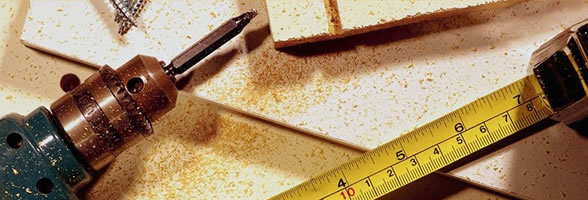
The Four Basic Techniques Available For Today's Engravers
08/06/2009 12:12engraving takes a piece of precious metal, stone, or wood and gives it a unique look while endowing it with a sense of permanence and ownership.
the four basic techniques that are available for todays engravers include hand engraving, pantograph, computer numeric controlled engraving, and laser engraving. the most ancient, and expensive, method of engraving is hand engraving. using hammers of various weights, chisels, and other sharp tools with various profiles, designs are meticulously tapped into the surface of the material. accuracy and precision are required with each and every stroke in order to achieve the proper overall look to the design. a magnifying glass, or other enlarging equipment, is often required for the hand engraver to fill in the minutest of the design details. another manual engraving method is the pantograph or drag method. in this old method a device (the pantograph, otherwise known as the tracing machine) scrapes the surface of the material with a sharp stylus. the pantograph is used to trace the designs or letters from the design drawing to the surface of the material. this method is often imprecise in creating the designs and letters, giving the final product an uneven look. one benefit of this method is that it is faster than hand engraving. you are also unlikely to get mistakes resulting from shaky hands as the stylus operator controls the writing. a computer controlled method of engraving that gives you a more precise outcome is computer numeric control cnc engraving. a graphic software package that is similar to cross stitching is used to give you letters and designs that are uniform in appearance. the computer is able to take the images and translate them into numeric instructions for each movement of the machine. you can change to fonts, sizes, and designs that are created with just a few clicks of the computer mouse. the last method we will discuss is laser engraving, which etches the design into the material with the use of a laser beam rather than a sharp tool or stylus. the design is translated into numeric instructions through the use of a computer program. some of the benefits of laser engraving are the quickness with which an image can be created and the precise clean lines this method achieves. some of the disadvantages include a restricted amount of materials that can be used and a high price tag.
the engraving process etches designs, signs, or insignias into the surface of the material by removing a portion of it.
Tags:
—————
